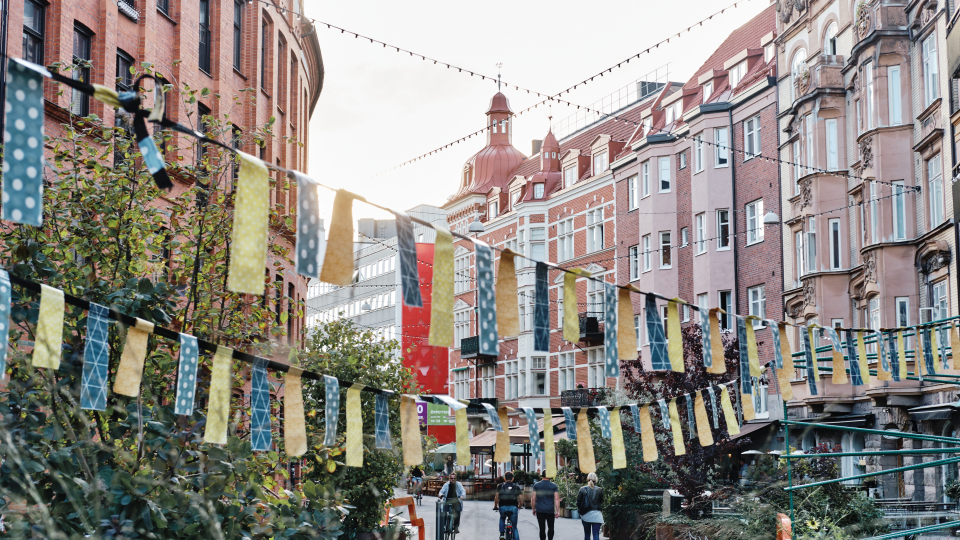Sweden (Lund University) What City Life Will Be Like If We Reach Our Climate Goals

In political debate, the notion of climate transition is often presented as a road lined with sacrifices. Many researchers, however, paint a picture of a day-to-day life that could be better than today’s.
What is experienced as good or bad varies from one person to the next, and may vary over time.
“Whether something is getting better or worse is, of course, a subjective judgement. Norms change over time, and that which seems a given today may not be seen as such in the future. Examples might be eating large quantities of meat, or frequently flying long distances,” says Jamil Khan.
Jamil Kahn is a senior lecturer in environmental and energy systems at Lund University’s Faculty of Engineering (LTH). He researches the way in which different policy measures can make cities and transport more climate friendly, so that Sweden can achieve its climate goal of net zero greenhouse gas emissions by the year 2045.
If we take the task of reducing emissions seriously, there will probably be a shift in perceptions of what the outdoor environment in cities is for, Jamil Khan believes.
A shared living room
If today’s urban environment is focused on transport – being able to travel easily between different places by car and bus – research suggests that the spaces between buildings are increasingly regarded as a place to spend time. Like an extension of our living rooms.
To reach net zero, vehicles that run on fossil fuel will inevitably have a less visible role. Even if there is a breakthrough with electric cars, the problem of congestion in cities remains. New problems arise because of the batteries’ dependence on environmentally hazardous metals. There is therefore much to suggest that cars will be used more sparingly and in different ways in the future.
Many experts agree that City roads will instead be reserved for cyclists and pedestrians and a certain amount of public transport.
The majority of city-dwellers must therefore make sure they use muscle power, for the benefit of their health, while transportation in the heart of the city will be the preserve of emergency service vehicles and those with reduced mobility such as the elderly, people with disabilities and children.
